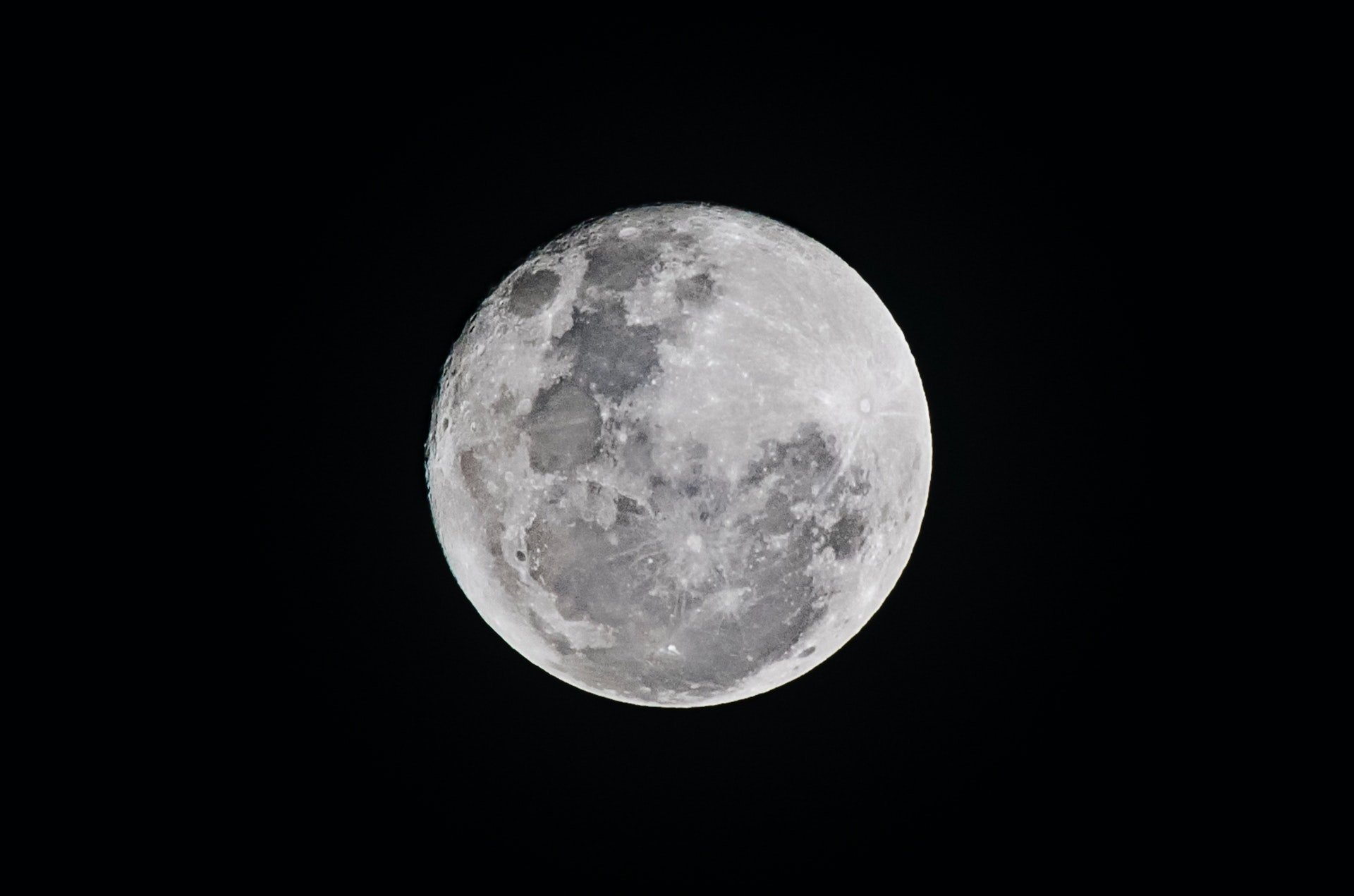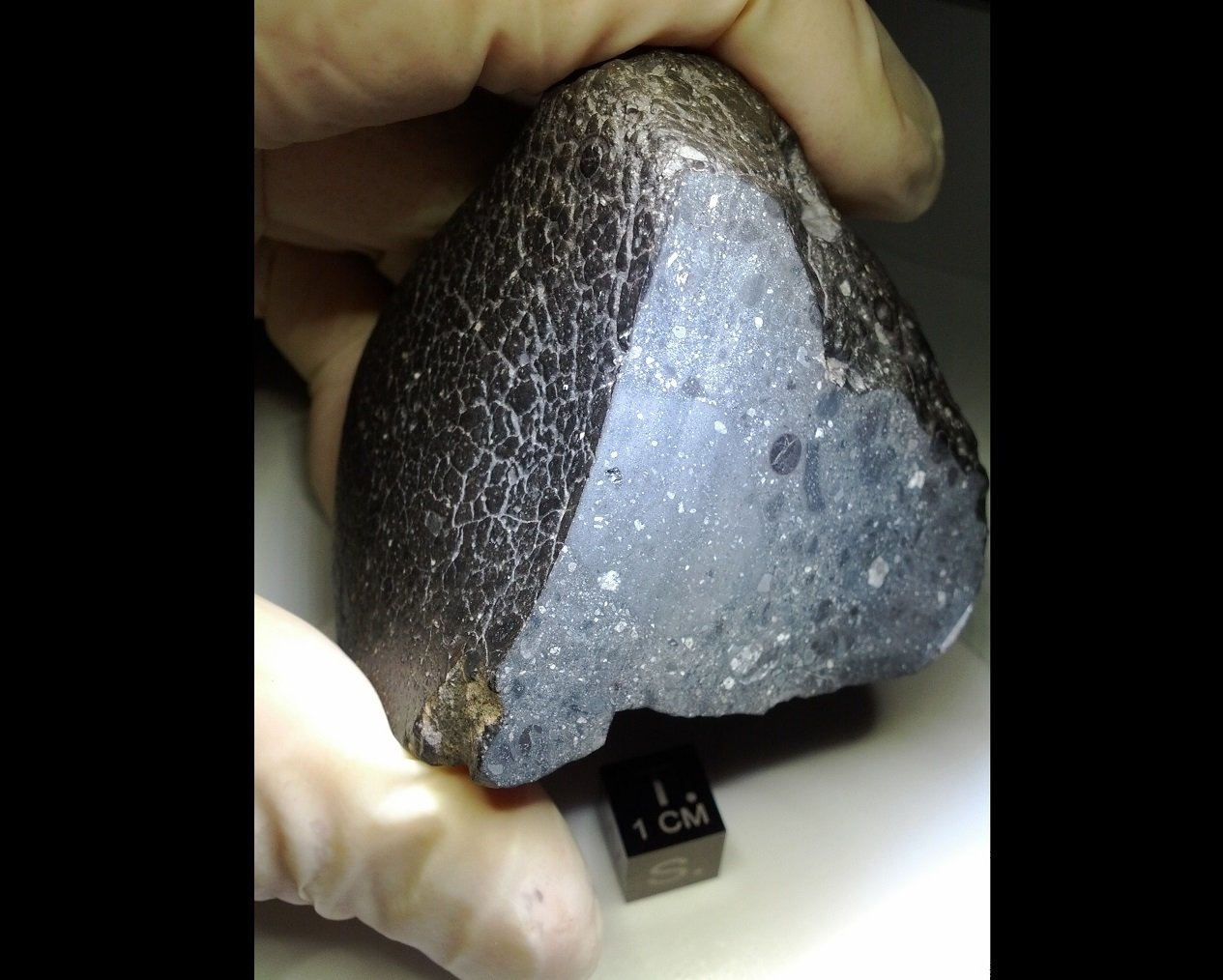It is one thing to look at a single star or cluster of stars, and another thing to see a light haze that we know is a giant galaxy containing a trillion (thousand billion) stars. This realization is overwhelming, because in one fell swoop we can see a small part of the sky with a trillion stars, hundreds of billions of planets, perhaps tens of millions of Earth-like planets, and even hundreds of thousands of planets inhabited by more or less advanced forms of life.
Interestingly, the Andromeda galaxy is constantly approaching our galaxy and will collide with it in a few billion years. The two galaxies will mix and eventually form a large elliptical galaxy now called Milkomeda. By then, however, everything will have changed, the Sun will have long since disappeared leaving only a white dwarf, the Earth may still be spinning, albeit in a distant orbit, and the Voyager probes will continue on…as if nothing had happened.
Observations of the Andromeda galaxy using telescopes always guarantee great results. Just take a look at the video below which only shows part of it. The intensity of the stars in its midst makes you dizzy (preferably on the big screen in 4K).
Wolf-Rayet stars in the M31 galaxy
Recently, however Astronomers have discovered the edge of the galaxy Nineteen New Stars Wolf Wright. The Lowell Discovery telescope with a mirror diameter of 4.3 meters was used for the discovery.
Also read: A massive star in slimming treatment under the eyes of the James Webb telescope. It will end with an amazing explosion
Wolf-Rayet stars are unique things. We are talking about very hot and bright stars in one of the last stages of their evolution. These stars have very wide and rarefied outer layers, they expand at speeds of up to 1,000 km/s, and they emit very strong stellar winds, as a result of which their outer layers are blown off into space, losing huge amounts of mass in the process. . So it is not surprising that this phase – on a cosmic scale – lasted literally an instant, only about 500,000 years. Therefore, it is difficult, with observations, to reach this period in the life of any star. This may explain why only a few hundred WR stars have been discovered so far, mostly in our galaxy.
In this context, the discovery of as many as 19 such stars in three different fields of the M31 galaxy is an interesting prize. First, astronomers identified 30 WR stars during observations in 2021, then spectroscopically confirmed (WR stars have broad streaks in their emission spectra) 19 of them a few months ago. It is worth noting that, according to astronomers, there are still about sixty stars of this type being discovered in M31.

Echo Richards embodies a personality that is a delightful contradiction: a humble musicaholic who never brags about her expansive knowledge of both classic and contemporary tunes. Infuriatingly modest, one would never know from a mere conversation how deeply entrenched she is in the world of music. This passion seamlessly translates into her problem-solving skills, with Echo often drawing inspiration from melodies and rhythms. A voracious reader, she dives deep into literature, using stories to influence her own hardcore writing. Her spirited advocacy for alcohol isn’t about mere indulgence, but about celebrating life’s poignant moments.










